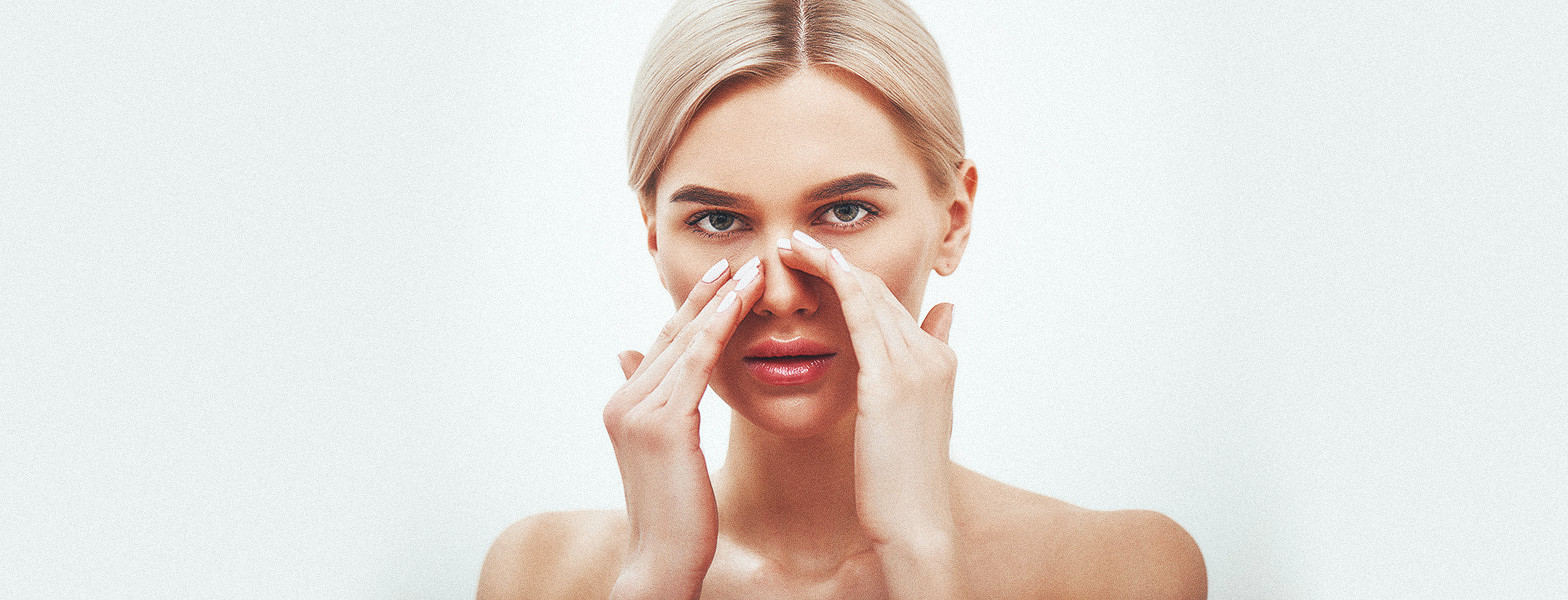Correction of Septum Deviation (Septoplasty)
Septoplasty
The nasal septum is the wall consisting of cartilage and bone that divides the nasal cavity into two and ensures smooth airflow. It may not always be smooth in the center line.
Although most people have a deviation septum, it does not always cause clinical complaints and therefore does not require surgery. Surgery is necessary if this deviation causes difficulty breathing, loud breathing during sleep, sinusitis, headaches and frequent nosebleeds.
It may not only be the deviation of the septum that prevents the air from moving forward. İn addition to the deviation of the septum, there may be stenosis in the inner or outer valves (the narrowest areas where air enters). Therefore, nasal valve surgery may also be required.

Before Surgery
Detailed medical history, patient examination, patient expectations, information about the surgery, pre-procedure photography and three-dimensional examinations, necessary tests and examinations are performed.
Surgery
It is performed under general anesthesia in approximately 1 hour to obtain a natural appearance. Additional procedures (rhinoplasty, nasal valve surgery, nasal tip aesthetics, chin aesthetics, cheekbone aesthetics) can be added according to the patient's nasal structure. Nasal taping, silicone nasal tampons and splints can be applied when necessary.
After Surgery
Eating starts after a short time. Cold application is applied on the nose and face. It is recommended to continue this application for the first 24 hours. The patient is mobilized after eating. The patient is discharged on the same day or the next day. If silicone tampon is applied, it is removed after 2 to 3 days. Hair can be washed hairdresser style without wetting the splint on the nose. You can take a shower from the neck down. The splint on the nose is removed on the 7th day and your nasal tip stitches are removed. You can return to work life after the splint is removed. There may be breathing difficulties in the first days. Swelling and bruises may occur on the face and nose. Light activities can be started after 3 weeks and heavy activities after 4-6 weeks. Glasses can be used after 4-6 weeks.

 Nisantasi - Istanbul
Nisantasi - Istanbul



 RENE CLINIC
RENE CLINIC